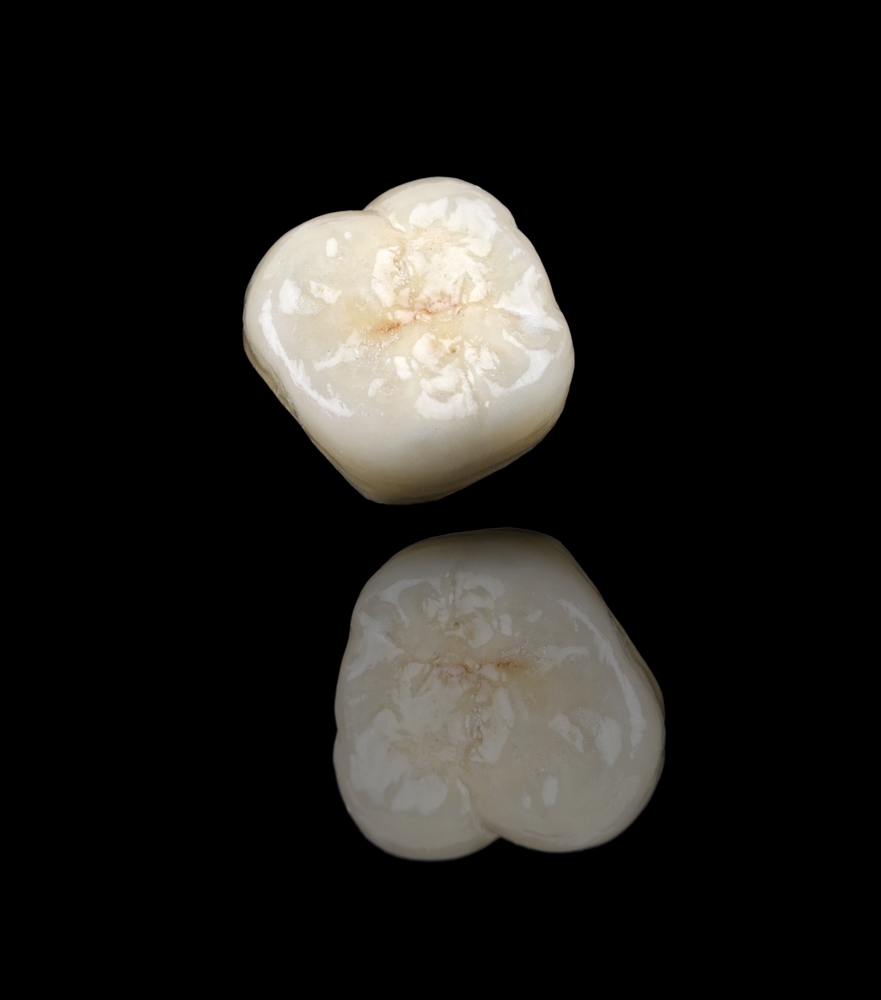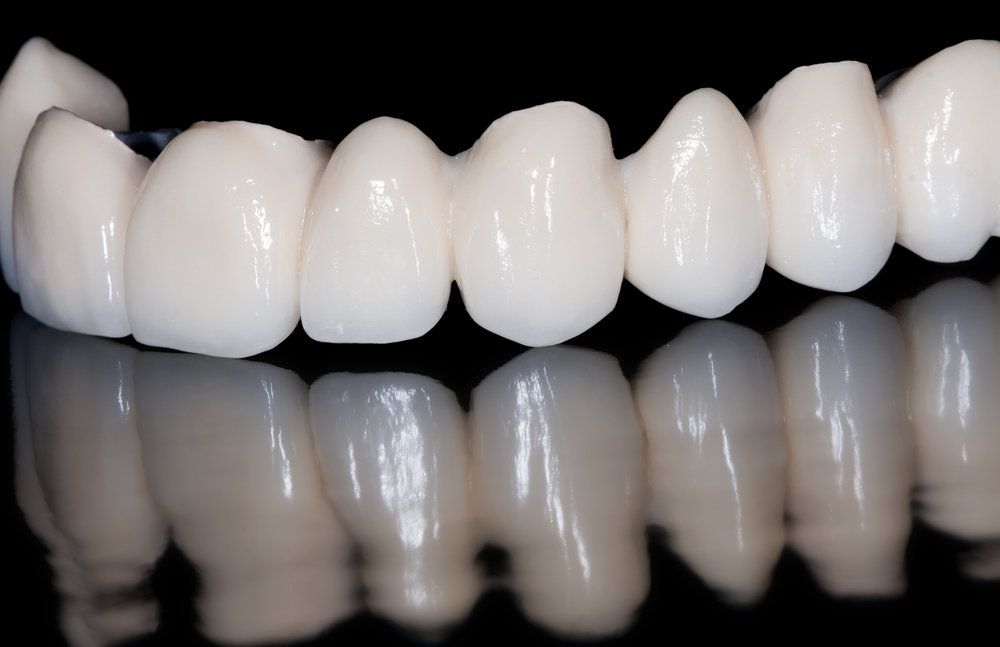FIXED PROTHESIS
The fixed prosthesis are prosthesis completely dental-supported, that get support only from the teeth.
The specialist at the Asensio Dental Clinic slightly reduces the teeth that will act as a support, these are the so called pillar teeth and are located on the extreme sides of each area that is going to be replaced, and in which the carefully adjusted fixed prosthesis will be cemented. For this purpose, we will take impressions and register the bite at the clinic, afterwards sending them to the laboratory, where the prosthetic prints the impressions in plaster and makes the structures of the fixed prosthetic with wax over the resulting models. These will be included in special coatings that are resistant to high temperatures, and thus we proceed to the metal casting with different alloys. The last step will be to assemble the ceramic on metallic structures, depending on the type of fixed prosthetic to be carried out, seeing as there is also a possibility of making crowns and bridges in pure porcelain (without metal) or over a base of white material called alumina.
A crown is a restoration that is cemented on a pillar and reconstructs the shape and aesthetics of a damaged tooth.
When a root canal treatment (endodontics) is performed and the destruction of the tooth is not very severe, the only possible treatment to be carried out is a bolt or a stump. If it is not very severe, the crown of the tooth can be reconstructed with a traditional restoration (composite, amalgam, etc.)
Materials – According to the material, the stumps can be divided basically into two big groups: metals and non metals.
It is a structure that replaces one or several missing teeth, and it is permanently fixed to the front and back pillars that act as supports.
The fixed prosthetic can be made of different materials: resins, porcelain, metals, zirconium and lately carbon and glass fibres. The results are not seen only in oral aesthetic and functional features, but also are reflected in general health.
It is important that while the fixed prosthetic is being made, the prepared teeth are protected and the patient is comfortable. For this purpose, the pillars are provisionally covered with some acrylic crowns.
Also find out in our clinic about Complete Rehabilitation
If you wear a prosthetic, find out about the problem of bruxism (grinding of the teeth), seeing as fixed prosthetics covered with ceramics can suffer fractures on them. So that this does not occur, patients must use a relief splint, above all, for sleep.







